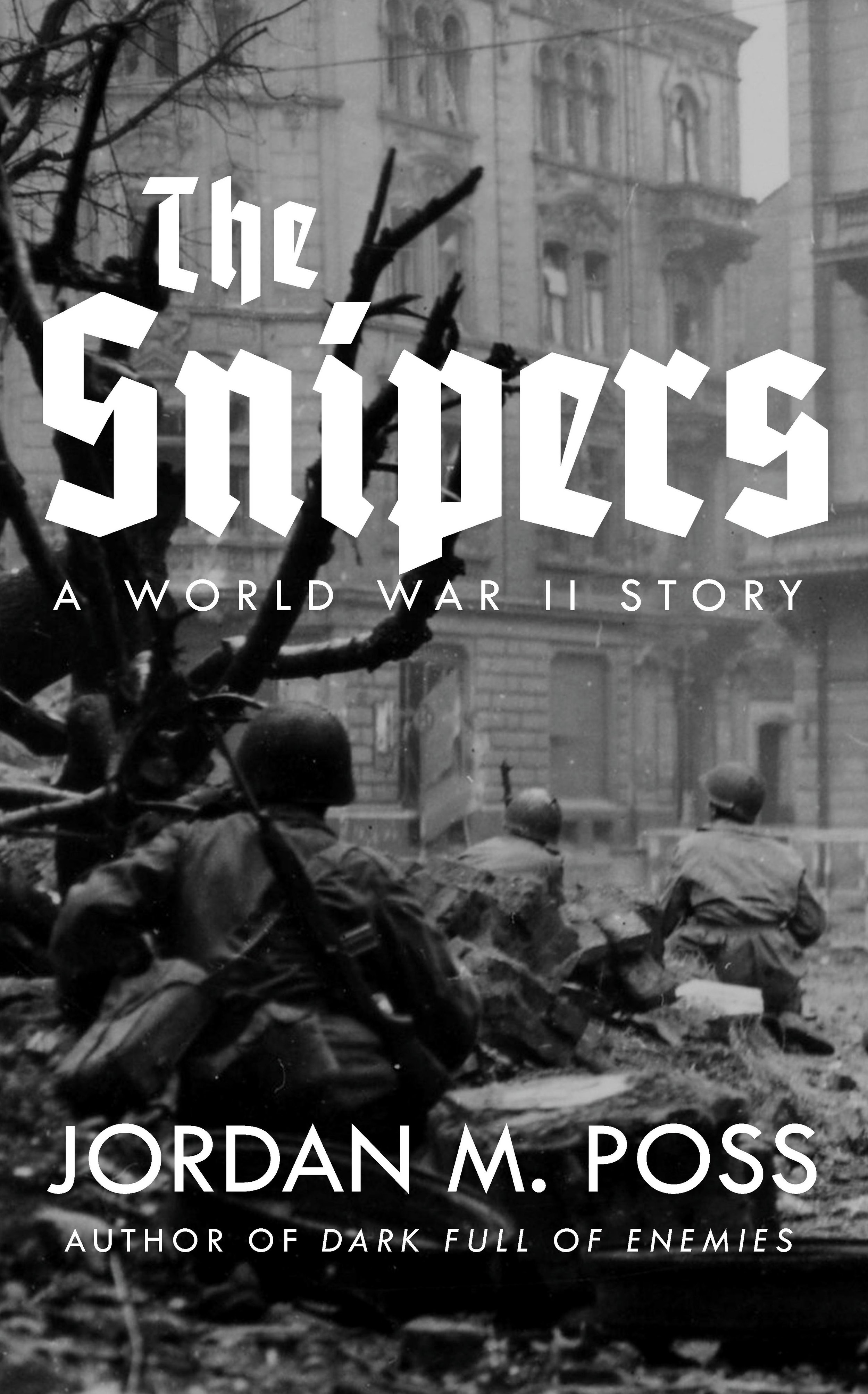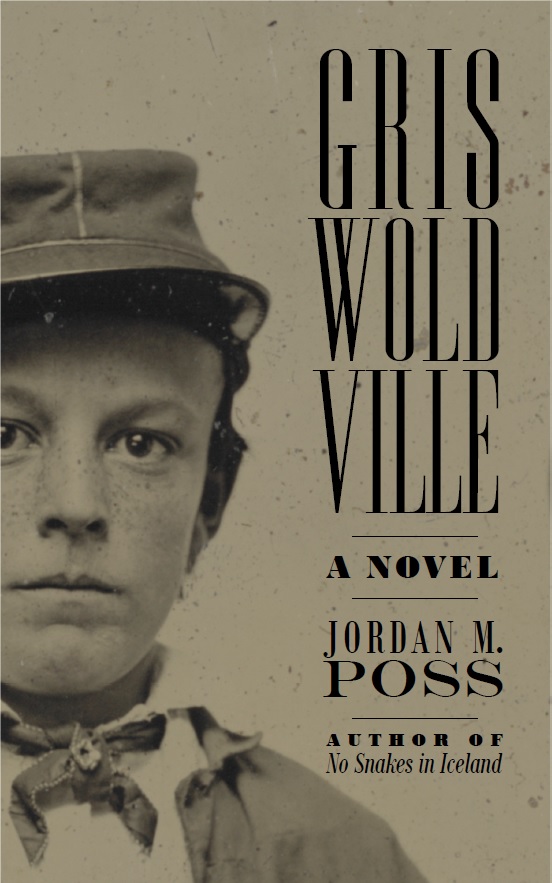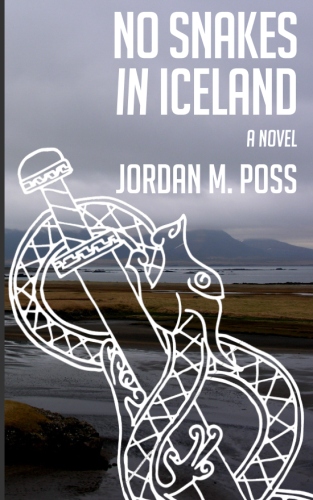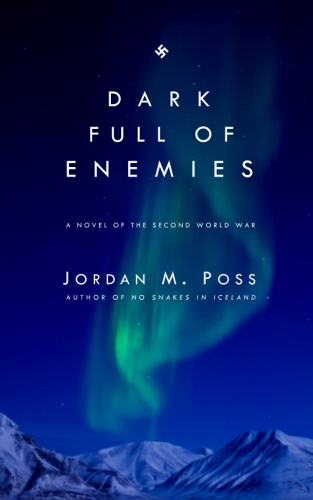On Richard Adams’s Traveller
/Wednesday was the 160th anniversary of Lee’s surrender at Appomattox Courthouse. Yesterday was the anniversary of Lee’s General Order No. 9, his farewell to his army. To commemorate these events, one of the Civil War history Instagram accounts that I follow shared Soldier’s Tribute, a painting of Lee’s farewell to his troops by the incomparable Don Troiani.
The painting shows Lee, mounted, surrounded by his exhausted men who reach out to him, as they so often did, for succor. Lee turns to his right to shake the hands of his soldiers; in his left he loosely holds Traveller’s reins. If Lee is still, already statuesque, Traveller, his head pulled slightly back, shows subtle movement, either slowly edging through the gathering crowd or coming finally to rest in the face of it. If Lee is calm and resigned, Traveller’s eyes show, if not anxiety, puzzlement.
Seeing Traveller in that painting, especially with the subtle motion and emotion with which Troiani always packs his work, brought Richard Adams’s novel Traveller to mind again. It’s an unusual book, even for the author of Watership Down, and in it Adams does something remarkable.
The novel is narrated by Traveller, in the first person, in thick phonetically-rendered dialect. It can be hard to understand at first, and the danger of such narration is that it will come across as silly. But you get used to it, and the “accent” of Traveller’s speech is never used to mock him. Traveller has a distinctive voice, and Adams, an Englishman, captures the tone and style of Southern yarn-spinning with remarkable accuracy.
That’s one area in which such a book could have misstopped but didn’t. There’s also a running gag of sorts in that Traveller, a simple animal unquestioningly loyal to his master, always interprets every event in the most optimistic way possible. At first it’s ha-ha funny and we chuckle in amused sympathy, but gradually, as the novel nears its end, this use of irony creates a profound sense of pathos. Traveller ends the novel thinking he and Lee won, that Lee is leaving Appomattox not downcast and defeated but relieved at having forced “the blue men” into submission, and instead of a punchline it’s powerfully moving.
I don't know of any other novel quite like it. Dramatic irony is so often used for reasons other than pity.
It also achieves its most powerful effects if you know the Civil War and the Eastern Theatre and its colorful cast of characters—well-known generals like Jackson, Longstreet, Hill (AP and DH), and Stuart as well as more obscure figures like Prussian cavalryman Heros von Borcke—and even their horses well. Jackson’s horse Little Sorrel, in particular, a pensive horse full of dark forebodings, is an especially powerful presence. I have to wonder what someone ignorant of all that would make of it. The animal characters are so well-drawn and memorable and their skewed understandings of the human world so well conveyed that I imagine even someone with only passing knowledge of the Civil War would get it, but I can’t be sure.
Regardless, Traveller is criminally underappreciated. Its concept sounds like a cute gimmick and I’m sure a lot of people have written it off as kitsch or a mere curiosity as a result. But as I’ve written here before, it’s artfully done, a marvelous, inventive angle on a familiar story. And the goal of retelling a familiar story, as I often tell me students when approaching a subject they might actually already know about, should be to make it strange again. Check it out.
You can view Soldier’s Tribute with some extensive explanatory notes at Don Troiani’s Facebook page here. The dust jacket art of my first-edition hardback of Traveller is Summer, one of four memorial murals by Charles Hoffbauer at the Virginia Museum of History and Culture in Richmond. And if you’re ever in Lexington, VA, visit Traveller’s grave right outside the crypt of Lee Chapel, where his master is entombed.










